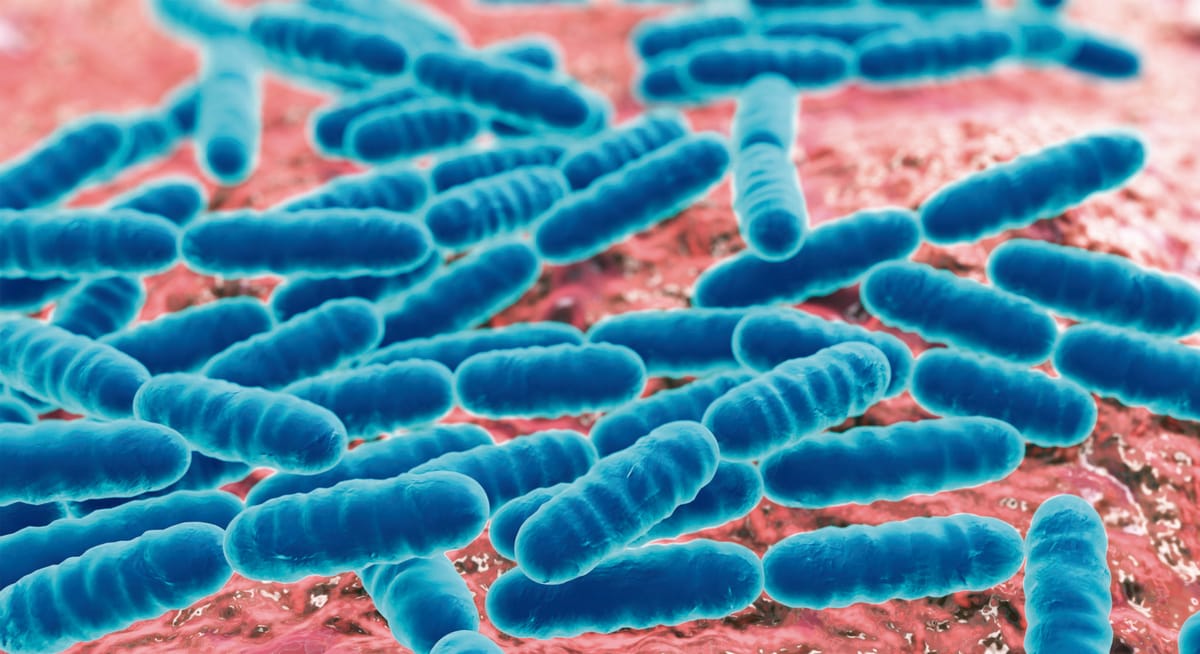Introduction to Food Fermentation

Here's a super simple guide to basic lactobacillus food fermentation. Historically a way to preserve food, it turns out to be great for your gut health too, and it's a whole category of dish that can complement just about any meal.
There is some minor health risk if not done correctly, but this risk is easily avoided if you just add salt as recommended, and make sure your fermentation is properly cared for, you'll create an environment for lactobacilus to propogate (which will be obvious when it happens), which will enable it to easily outcompete the potentially dangerous organisms like botulinum or mold.
Assemble your gear
- A vessel (jar, air lock, and optional weight, or just a vacuum bag)
- Star san for sanitizing equipment
- The food to ferment
- salt
- water (if the food isn’t easy to draw water from)
- Any brine from a previous ferment (if available, optional)
- Something with tannins (like bay leaves) (optional, to preserve crisp texture)
- ph strips
- Some tool for tamping down the food below the brine at least once a day. Like a spoon, or muddler.
Clean your equipment!
Star san any vessel or surfaces the food will be on)
Don’t wash the food! We’ll want its natural biome.
Prepare the Food
Chop the food into the form you want (smaller will ferment faster but also become soft faster)
If the food as a high water content (like green cabbage), just salt it using this Saurkraut Calculator.
If the food is not very wet naturally (like cucumbers, or red cabbage), make a brine: Fill the vessel with enough water to submerge the food, and add a gram of salt for every ounce of water.
Add the food to the vessel (salted or brined). You can also add whatever seasonings you like here!
If you have a previous ferment to inoculate with, add that now.
Add your weight and airlock or seal your bag (with as little air as possible)
That’s basically it for setup!
Keep It Happy
Lactobacillus wants an environment ideally near body temperature, but can go well down into room temperature, so just the warmest area of the house is fine. Sometimes if I want to rush a ferment in a day or two I'll throw the jar into an Instant-Pot on "yogurt mode", which is right around the peak of the curve:

You’ll want to agitate it periodically. The more the better tbh, particularly if not inoculated since lactobacilus is non-motile (doesn't move on its own, so benefits from some help!), but twice a day for the first couple days is also fine.
A couple times a day you may want to tamp down the food below the brine. Dry ferments can get moldy.
Here's a nice happy looking saurkraut jar:

Within a few days you will likely have a pH reaching down to 5, which I regard as pretty standard for a room temperature ferment, though technically 4.3 or so is where botulism can’t exist. In practice, as long as your lactobacillus grew quickly, it will outcompete any botulism, which tends to grow much more slowly.
I find a ferment to usually be its tastiest at around 5 days, although every food and cut and batch can vary, so tasting it as it develops is definitely part of the joy and art. Find what you like, and what goes well with what you like to eat. There's many ways to enjoy this, so best of luck finding what works for you.
For further reading, I recommend the NOMA guide to fermentation.
